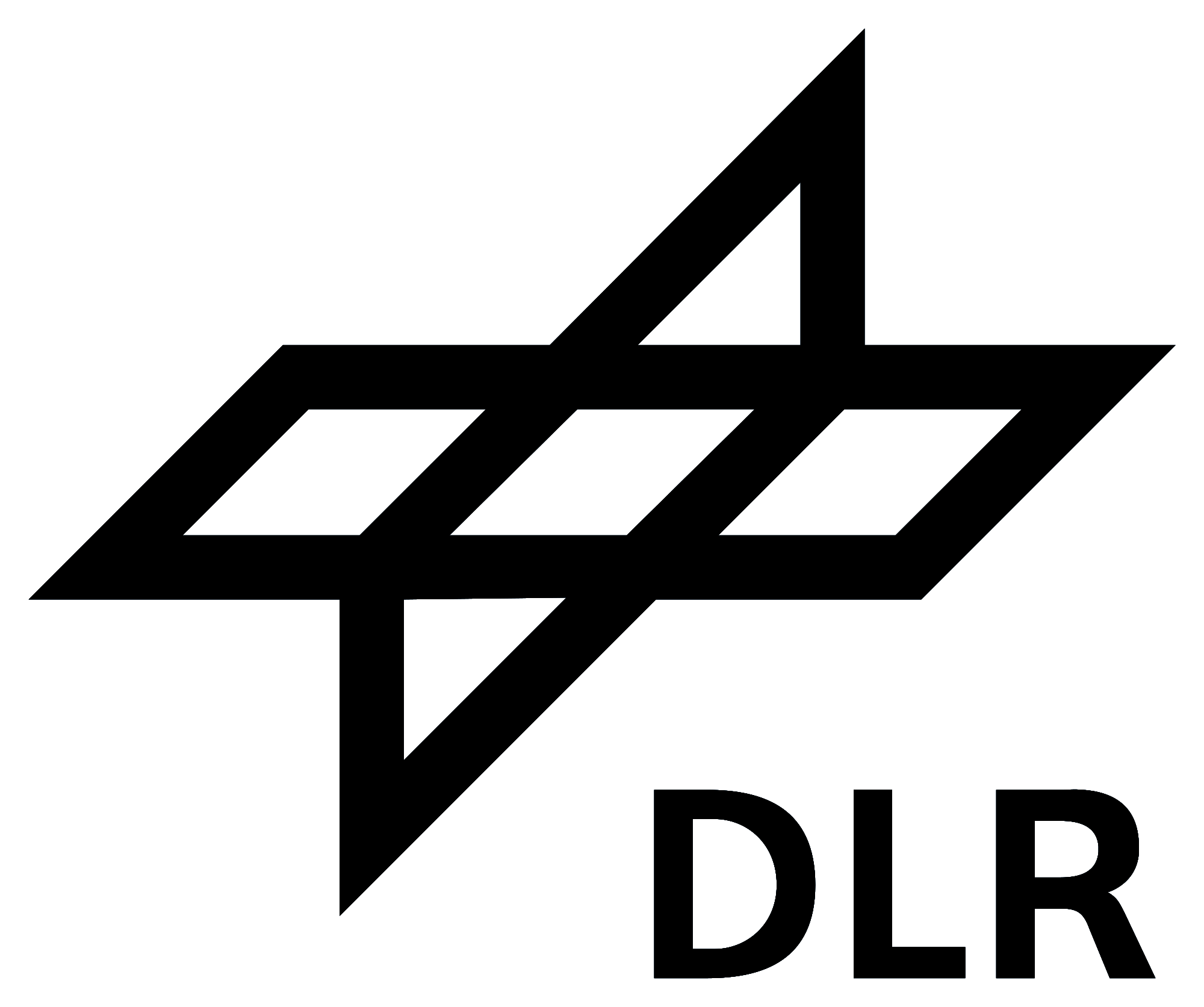In order to develop future batteries, partners from science and industry from all over Europe have launched the BATTERY 2030+ research initiative. A roadmap specifies the milestones: a platform for material development using artificial intelligence (AI), networked sensors and self-healing technology for batteries as well as sustainable manufacturing and recycling processes. The Helmholtz Institute Ulm, the Karlsruhe Institute of Technology (KIT), the University of Ulm and the Zentrum für Sonnenenergie- und Wasserstoff-Forschung Baden-Württemberg (ZSW) are involved in the consortium via the research platform CELEST.
Changes towards a climate-neutral society require fundamental transformations in the way we generate, use and store energy. The European research initiative BATTERY 2030+ aims at high-performance battery storage that is sustainable, safe and inexpensive at the same time. The participating research institutions and companies have now published a roadmap that defines both the properties of future batteries and measures to accelerate development. Three main research areas are identified: “We want to speed up the search for new materials and the right material mix, get new functions on the way and establish manufacturing and recycling concepts,” says Professor Maximilian Fichtner, Deputy Director at the Helmholtz Institute Ulm and spokesman for the Center for Electrochemical Energy Storage Ulm-Karlsruhe (CELEST). “With BATTERY 2030+ we are now bringing together expertise in the respective sub-areas across Europe and working in a coordinated manner. This gives us the opportunity to be at the forefront of battery development worldwide, also in competition with the United States and Asia. “
Accelerated material development with artificial intelligence
In order to learn how certain materials behave and how they have to be handled in order to produce certain properties, Battery 2030+ has to build a globally unique High-Throughput system (MAP, Materials Acceleration Platform). The combination of automated synthesis, characterization and material modeling as well as data mining techniques and AI in test evaluation and planning should significantly accelerate the development of new battery materials. Building on this common platform, BATTERY 2030+ will start analyzing the properties of material interfaces, such as the interface between the electrode and electrolyte or between active material and various additives. This “interface genome” (BIG, Battery Interface Genome) is intended to help researchers develop promising approaches for new, high-performance batteries.
Intelligent functionalities and a sustainable development process
External factors such as extreme temperatures, mechanical stress, excessive performance during operation or simply aging over time have a negative impact on the performance of a battery. The researchers at BATTERY 2030+ have therefore decided to jointly develop intelligent and networked sensor concepts that will in future be able to observe chemical and electrochemical reactions directly in the battery cell. You may discover early stages of battery failure or unwanted side reactions that lead to battery aging. In addition, the batteries of the next generation are to be equipped with “self-healing powers”: damage inside a battery that would otherwise lead to battery failure can be compensated for by skillful use of materials. Sensors and self-healing should make batteries even more reliable and durable in the future. Used cells of high quality are also attractive for a second use. In addition, Battery 2030+ already pursues the goal of maximum sustainability during development. Parameters such as resource-saving manufacturability, recyclability, critical raw materials and toxicity flow directly into the algorithms of the MAP-based development of new battery concepts.
The first projects from the roadmap for BATTERY 2030+ have already been approved by the EU and can now start. CELEST is a key player in the project for accelerated material development, modeling and data evaluation using AI and the associated autonomous robotics.
The roadmap: https://battery2030.eu/research/roadmap/
About the BATTERY 2030+ consortium
In addition to KIT and the University of Ulm, the BATTERY 2030+ consortium includes five universities: the University of Uppsala (coordinator), the Polytechnic Institute of Turin, the Technical University of Denmark, the Free University of Amsterdam and the University of Münster; several research centers: the French Research Center for Alternative Energy and Nuclear Energy CEA, the French National Center for Scientific Research CNRS, the Research Center Jülich, the Fraunhofer-Gesellschaft, Fundacion Cidetec, the National Institute for Chemistry Slovenia, the Organization for Applied and Technical Research Norway; as well as the industry associations EMIRI, EASE and RECHARGE and the Absiskey company. The consortium receives support from official European and national bodies, including ALISTORE ERI, EERA, EIT InnoEnergy, EIT RawMaterials, EARPA, EUROBAT, EGVI, CLEPA, EUCAR, KLIB, RS2E, from the Swedish Center for Electromobility, from PolStorEn, ENEA, CIC energigune, IMEC and the Tyndall National Institute.
More information: www.battery2030.eu
About research platform CELEST
The research platform CELEST (Center for Electrochemical Energy Storage Ulm & Karlsruhe) was founded in 2018 by the partners KIT, University of Ulm and the Center for Solar Energy and Hydrogen Research Baden-Württemberg (ZSW) for strategic cooperation and is one of the largest in international comparison Battery research activities. 45 working groups from 29 institutes of the KIT, the University of Ulm and the ZSW bring their complementary expertise to the platform CELEST – from basic research to practical development and technology transfer. CELEST is active in three research fields: lithium-ion technology, energy storage beyond lithium, and alternative techniques for electrochemical energy storage and conversion.
Further information: www.celest.de




